An Hachette UK Company www.hachette.co.uk. First published in Great Britain in 2011 by Hamlyn a division of Octopus Publishing Group Ltd, Endeavour House, 189 Shaftesbury Avenue, London, WC2H 8JY www.octopusbooks.co.uk. This eBook first published in 2011
by Octopus Publishing Group Ltd. Copyright Hachette Livre (Marabout) 2010 English edition copyright Octopus Publishing Group Ltd 2011 This title was originally published as Riz Gourmond (copyright Hachette-Livre Marabout 2004) All rights reserved. No part of this work may be reproduced or utilized in any form or by any means, electronic or mechanical, including photocopying, recording or by any information storage and retrieval system, without the prior written permission of the publisher. ISBN: 9780600623625 This eBook produced by Textech.
The Department of Health advises that eggs should not be consumed raw. This book contains some dishes made with raw or lightly cooked eggs. It is prudent for vulnerable people such as pregnant and nursing mothers, invalids, the elderly, babies and young children to avoid uncooked or lightly cooked dishes made with eggs. Once prepared, these dishes should be kept refrigerated and used promptly. This book includes dishes made with nuts and nut derivatives. It is advisable for those with known allergic reactions to nuts and nut derivatives and those who may be potentially vulnerable to these allergies to avoid dishes made with nuts and nut oils.
It is also prudent to check the labels of pre-prepared ingredients for the possible inclusion of nut derivatives. Both metric and imperial measurements have been given in all recipes. Use one set of measurements only, and not a mixture of both. Standard level spoon measurements are used in all recipes. 1 tablespoon = one 15 ml spoon 1 teaspoon = one 5 ml spoon Ovens should be preheated to the specified temperature - if using a fan-assisted oven, follow the manufacturer's instructions for adjusting the time and temperature.
DISCOVER MORE GREAT
EBOOKS FROM THE
HAMLYN ALL COLOUR
COOKBOOK SERIES
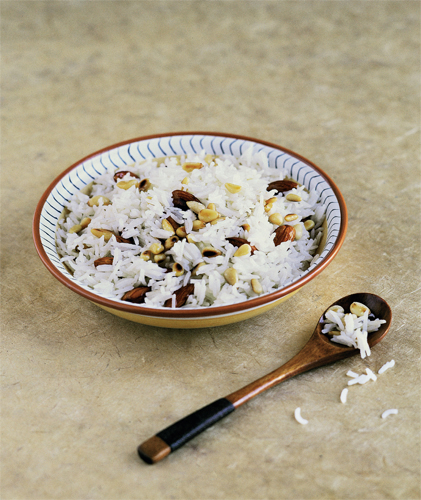

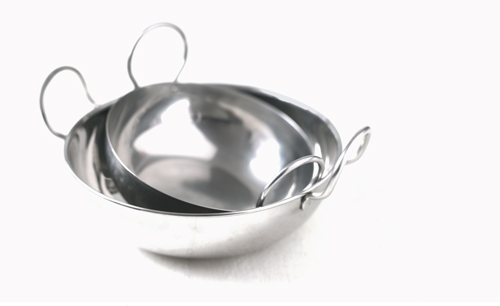
introduction
Rice is one of the worlds most widely eaten cereals.
DISCOVER MORE GREAT
EBOOKS FROM THE
HAMLYN ALL COLOUR
COOKBOOK SERIES



introduction
Rice is one of the worlds most widely eaten cereals.
It is the staple diet of many human populations and an important element in Asian cuisine, notably that of China and India. In Europe it is cultivated in Italys Po Valley, the Camargue region of France, the Iberian Peninsula, Greece and even in Russia. 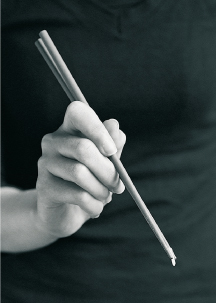
rice is simple and good!
Its amazing what you can make with rice. Its the main ingredient of such unique, nourishing dishes as the paella of Spain or the risotto of Italy. You can use it to feed your family in many ways. Serve Cantonese rice or plain white rice with fish or meat dishes.
Take a rice salad to a picnic lunch in the park or make sushi for an intimate supper. Rice is also an excellent sweet dish: theres nothing so comforting as a milky rice pudding. Its simple and good.
rice is healthy!
Rice has remarkable nutritional qualities. It contains beneficial vitamins, minerals and fibres. Because rice is starchy it is an energy source, which gradually releases its complex carbohydrates into the system to provide energy.
Rice also contains other useful nutrients such as B-group vitamins, magnesium, vegetable protein, iron and calcium. Nutritionists recommend rice and, whats more, it isnt fattening.
instant rice
Good quality precooked, steamed or easy-cook rice is now available and its useful to keep some in your store cupboard. This rice takes 510 minutes to prepare and is particularly handy for last-minute cooking. Its perfect for microwaving and can also be cooked on the hob or oven.
what rice to choose?
White rice is generally far more popular than wholegrain (brown) rice, as people tend to prefer its taste and colour.
However, white rice is completely lacking in the germ and bran, and the process of dehusking and polishing the rice removes most of its nutrients. Brown rice is a better nutritional choice. Wholegrains retain their external casing and are rich in vitamins and minerals. The browner the rice, the more complete its nutrients and the more nourishing and tasty it is. Long-grain rice, such as basmati, Suriname or Thai fragrant rice, does not stick during cooking. These rices are generally used in salads or as a side dish.
Short-grain rice such as arborio is suitable for risottos. 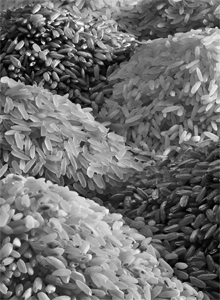
types of rice
Yellow, white, black, wholegrain, sticky theres no need to just confine yourself to long-grain white rice. There are thousands of rice varieties of differing colours, flavours and shapes. This book introduces some of the more popular varieties, all of which are easy to find in shops and supermarkets. There is also an enormous range of products made from rice, such as rice noodles, rice crackers and the delicate pancakes used to wrap spring rolls, not to mention creamed rice, a feature of Middle Eastern cuisine, or the mochi rice paste used in Japan to make amazing cakes. The choice is yours!
creole-style rice
This is the most common way of cooking rice, worldwide.
Its also the simplest and is suitable for almost all rice varieties.
plenty of water
There are two ways of cooking rice in water. Pour the rice into a large saucepan of boiling water, as with pasta (rice should always swim freely), bring it back to the boil, cook it, uncovered, for the required time, then drain it. Alternatively, add 1 part of rice to 1 times its volume of hot liquid, then let it simmer, covered, until all the liquid has been absorbed.
flavouring the cooking water
Depending on the recipe, you can use:

chicken, vegetable or meat stock





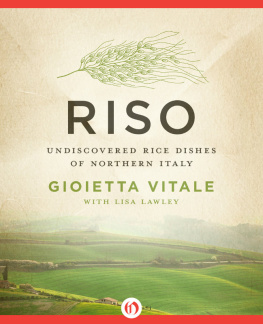

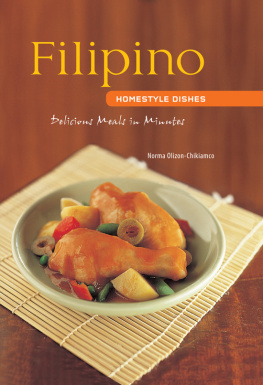
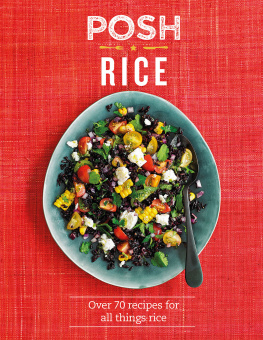
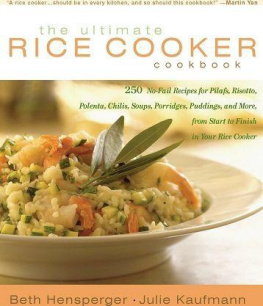
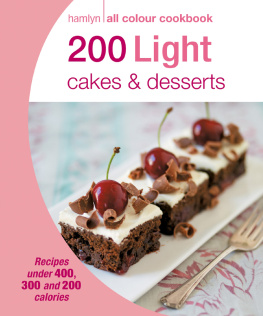
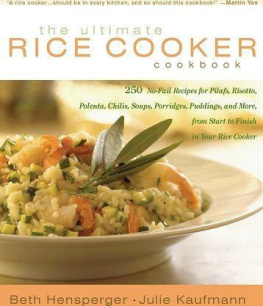
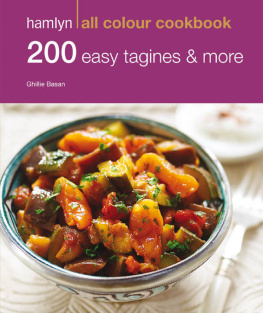
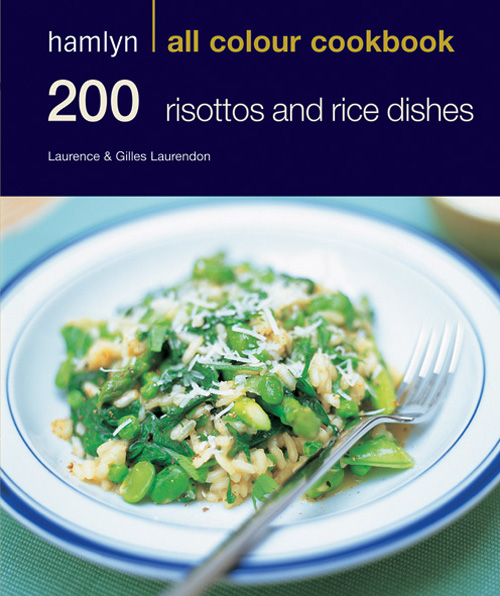






 chicken, vegetable or meat stock
chicken, vegetable or meat stock